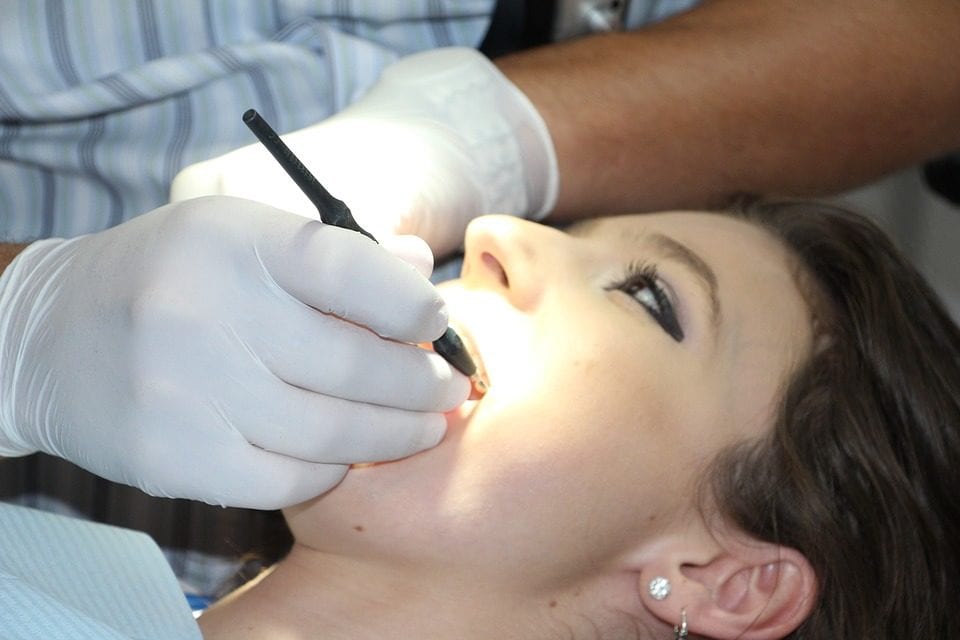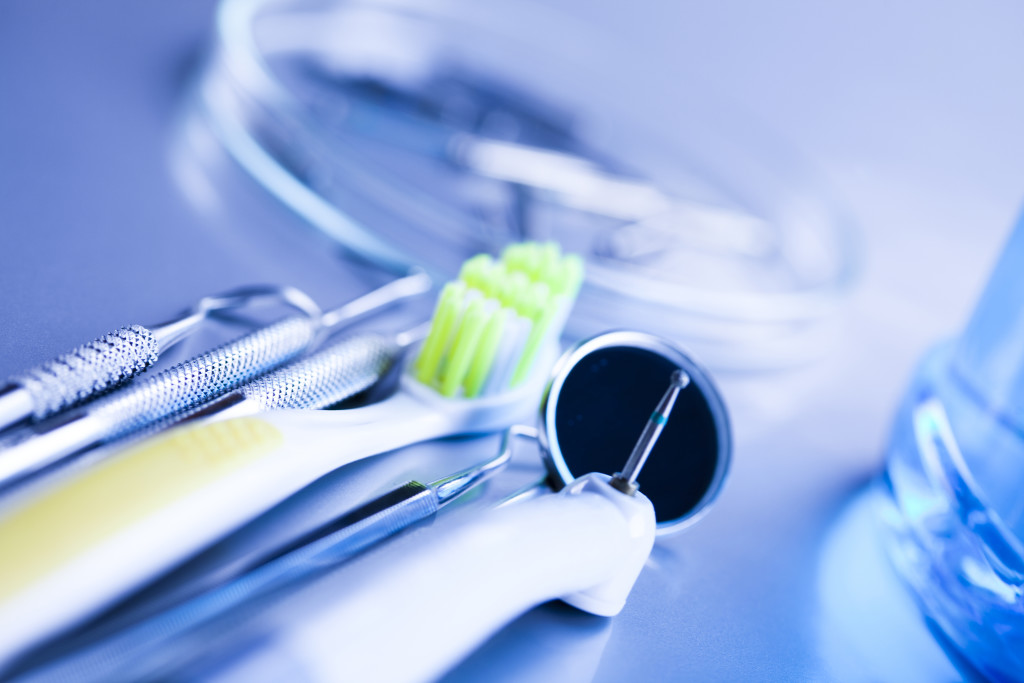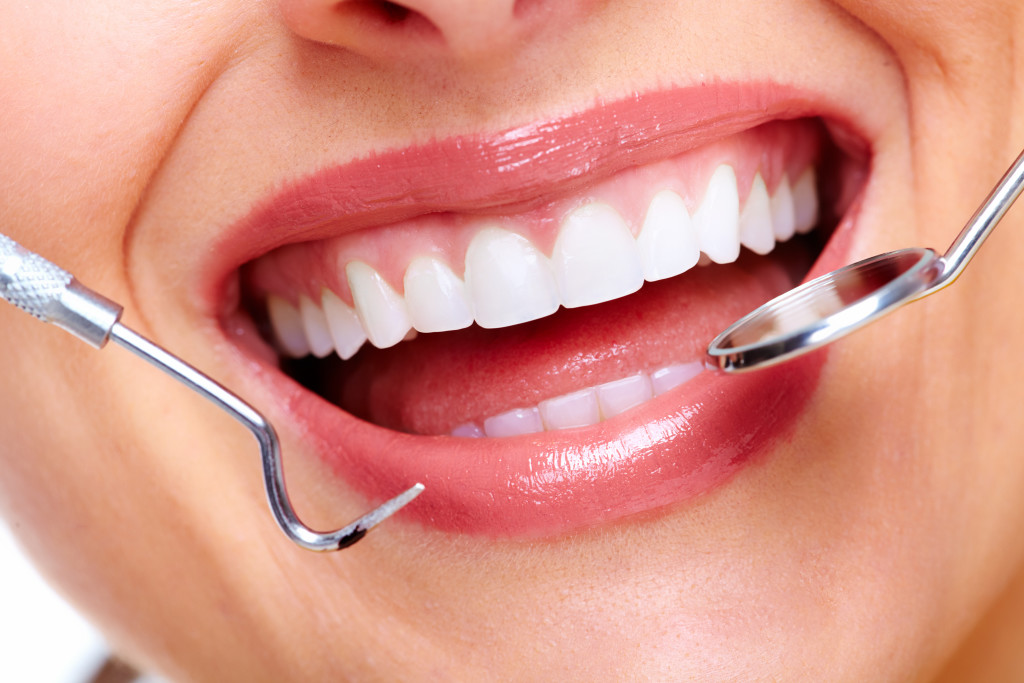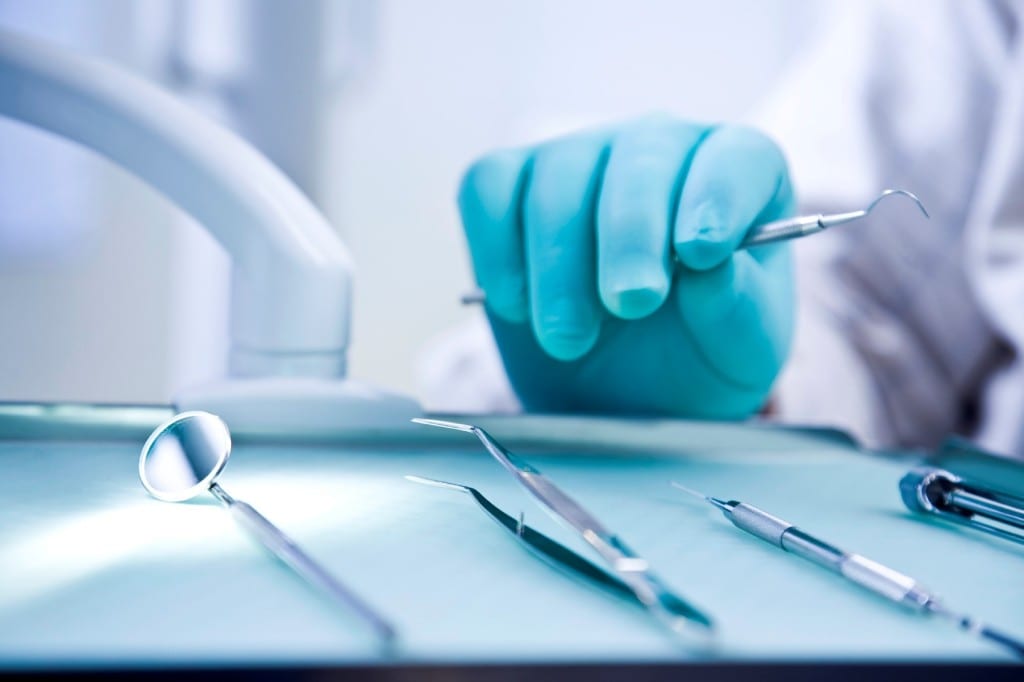 Sealing teeth is a prophylactic treatment aimed at protecting teeth against caries. Sealing consists in protecting the tooth furrows with a special material called sealant. How does teeth sealing work and what are the indications for its implementation? Is it worth to undergo such an operation? Is sealing teeth harmful?
Sealing teeth is a prophylactic treatment aimed at protecting teeth against caries. Sealing consists in protecting the tooth furrows with a special material called sealant. How does teeth sealing work and what are the indications for its implementation? Is it worth to undergo such an operation? Is sealing teeth harmful?
Sealing teeth is a procedure that allows you to protect your teeth against caries, which is the most common dental disease and which causes them to be lost most often. The surface of the teeth, especially the molars, is not flat, it is full of hollows and crevices to facilitate the grinding of food. It is these places that become the focal point of dental plaque and it is in them that the development of caries develops most often. One of the methods of protecting teeth against this disease is sealing.
What is tooth sealing?
Sealing teeth is a professional procedure performed in dental surgeries, which consists in securing difficult to clean furrows and crevices of the teeth using a special material, so-called. sealant. It is usually a preparation releasing fluoride ions, which additionally positively affects the structure of the enamel at the microscopic level. Sealant protects deep grooves against plaque retention and facilitates tooth cleaning.
Sealing allows you to protect your teeth from decay, which especially affects the youngest. It is estimated that about 90 percent children suffer from tooth decay. Hi in them at a very young age has already lost one of the permanent teeth due to this disease.
The chewing surface of molars, whether dairy or permanent, and premolars (these are only present in the set of permanent dentition) is sprinkled with numerous furrows, fissures and smaller or larger hollows. They are difficult to clean even with proper oral hygiene. These places are called plaque retention sites and it is in them that the carious process begins most often. Particularly exposed are the first permanent molars, which – due to the long eruption time – are deprived of the natural cleansing path resulting from the contact of the upper and lower teeth. They erupt about 6-7 years old, as one of the first permanent teeth.
When and what teeth should be applied?
Sealing is a procedure that can be carried out on all molars, whether dairy or permanent, and in premolars. The most common are permanent molars (especially the first molars). The sealing should be carried out as soon as possible after tooth eruption, that is, in the case of the first permanent molars aged about 6-8 years. Then, it is worth to apply for dental check-ups and to seal the teeth appearing in sequence. The surface of the tooth to be treated should be free from any signs of tooth decay.
How does tooth sealing work?
Sealing teeth is a quick and painless procedure. A small patient can choose the color of wax to be used (if the office has colored materials). In the first stage, the dentist cleans the tooth surface to which the sealant will be attached. A special brush is used for this, mounted on the micro motor. Appearance and mode of operation resembles a simple electric toothbrush. After thoroughly cleaning the furrows, a gel etcher is applied to the tooth surface. Thanks to it, the material used to seal the grooves accurately and firmly adheres to the tooth surface. The etcher is rinsed with water and the tooth surface is thoroughly dried. The dryness of the substrate is the basis, therefore during the treatment it is necessary to use lignin to absorb saliva and keep the tooth dry. Next, the doctor applies a thin layer of wax to the furrows and spreads it thoroughly – it should cover all furrows and depressions on the chewing gum surface tightly. The crevice lacquer has a smooth consistency, which is why it is very easy to spread. At the end, the lamp is illuminated with a special lamp, which causes the preparation to bind. Its consistency changes from a liquid form to a solid form. Now all that remains is to check whether the established sealant does not disturb the short circuit, i.e. whether the tooth does not “protrude” over the other teeth.
Picture Credit: rgerber






